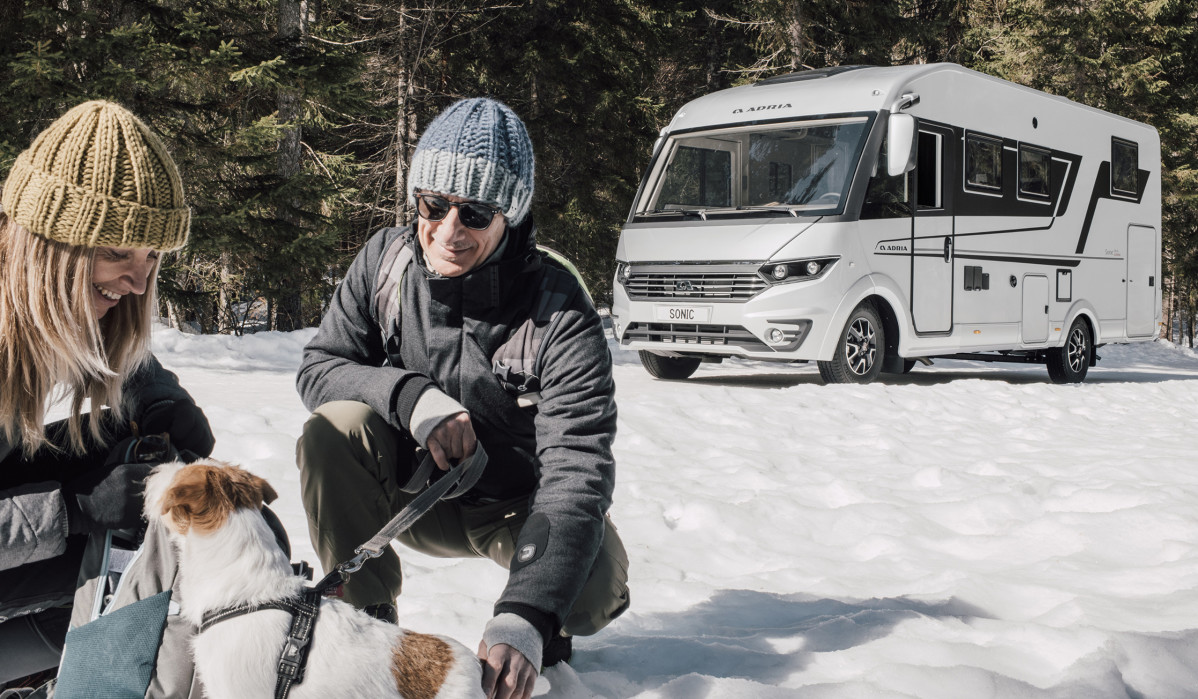Travelling with dogs

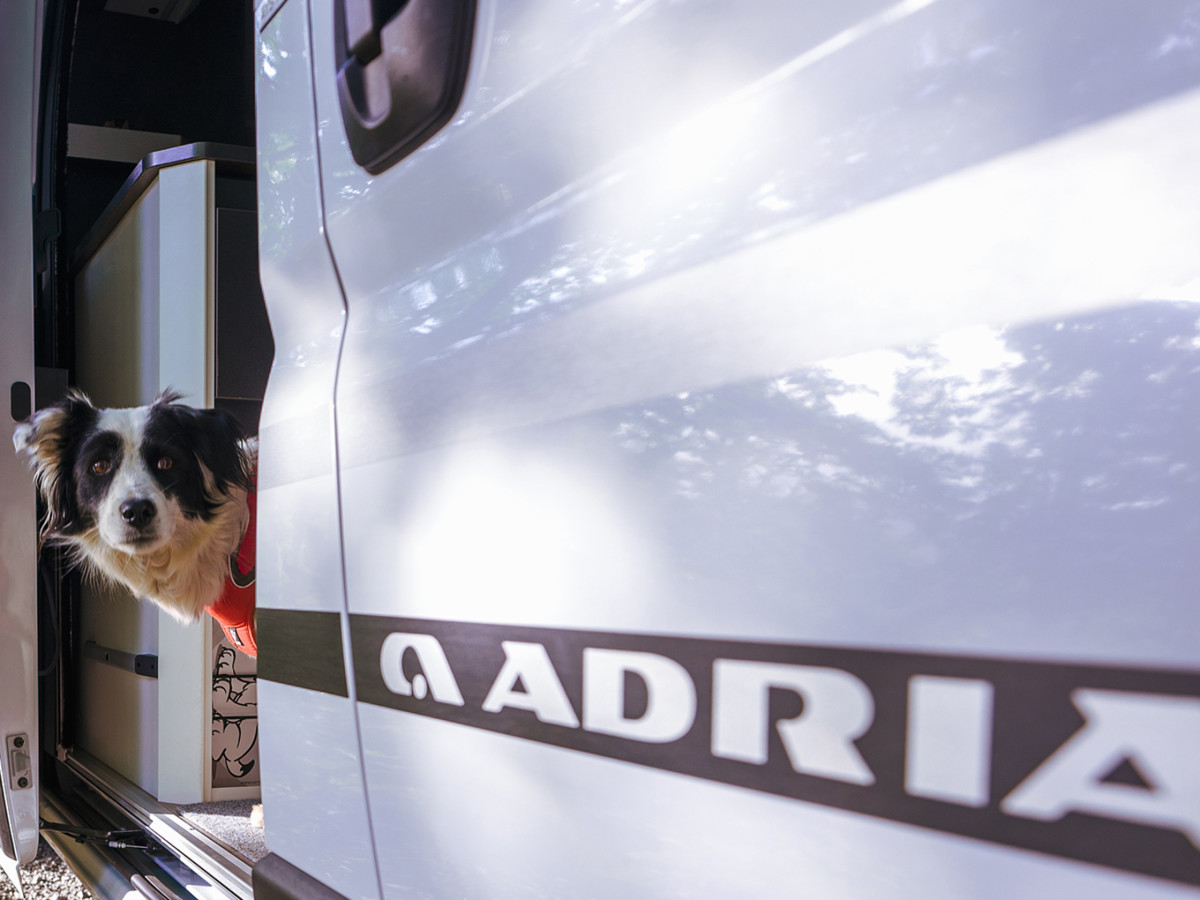
Do you leave your canine companion at home on holiday? For many dog owners, this is not an option! A dog part of the family and especially on vacation, owners finally have time for long walks and playtime! With a caravan or motorhome, travelling with your dog is no problem. But what should you pay attention to before you travel?
The destination
At the very beginning there is the question: Where to go? With regard to the dog, this means that it should be able to tolerate the climate, meet the entry requirements, that it is allowed in the country to transport the pet in a caravan or motorhome, and that there are no quarantine regulations for pets.
Once you have decided on a destination, the next step is to choose a campsite. The deciding criterion here will be whether dogs are allowed or better yet welcome! Before you book your accommodation, familiarise yourself with the campsite's rules regarding pets: is a leash or muzzle required? What are the additional fees for dogs? Some dog-friendly campsites also have dog showers, doggy meadows, doggy playgrounds or certain "dog zones". It is also important that the campsite booked has plenty of shade so that the dog has shelter on sunny days.
If you choose a holiday destination by the sea, by a lake or near a national park, find out in advance whether dogs are allowed on the beach, at the lake or in the national park. Is the entire beach dog-friendly? Or are there only partial sections?
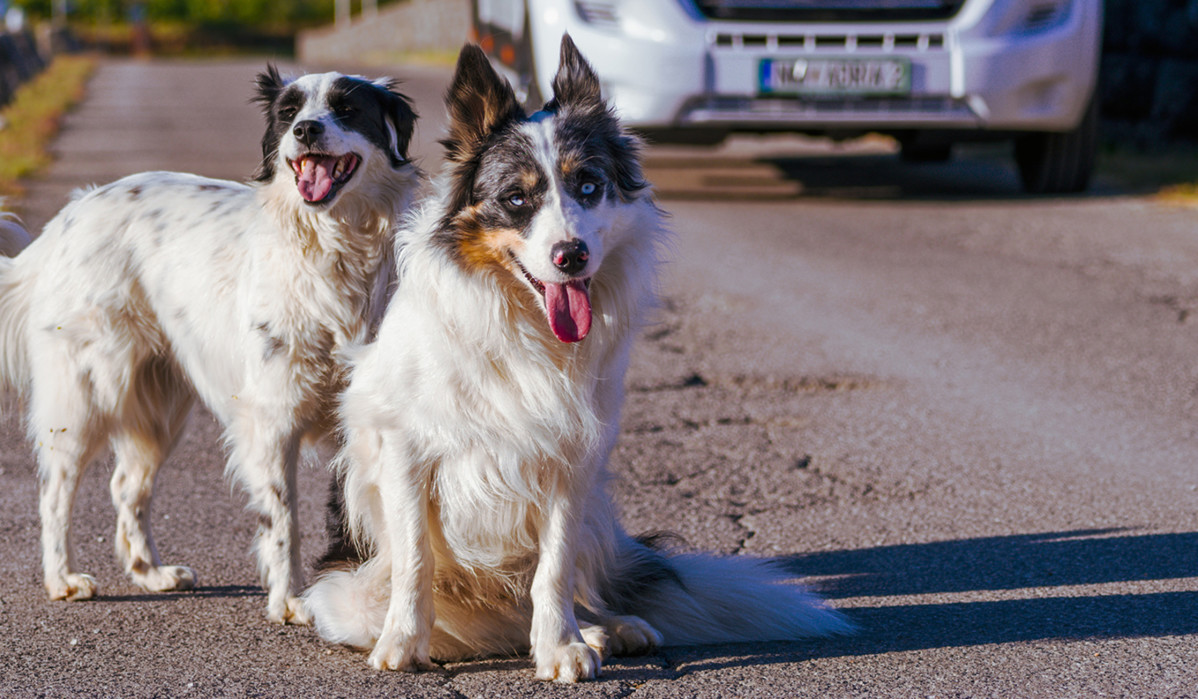
Entry regulations
What are the pet entry requirements at your destination? What vaccinations are required and at what time before entry must they be administered?
For travel within the EU, it is important that your dog has a valid EU pet passport with registered vaccinations. Rabies vaccination is also compulsory within the EU: the first vaccination must be given at least 21 days before departure; if a booster vaccination is given in time, this time interval may not be respected. Regulations regarding treatment against parasites such as tapeworms vary from country to country. Dogs must also be chipped when travelling in the EU.
Don't forget to consider the route of travel: if you plan overnight stays and stopovers in transit, you must also comply with the regulations of these countries. Are you using a ferry or a car train? Again, you need to check whether you can board the vehicle with your four-legged friend.
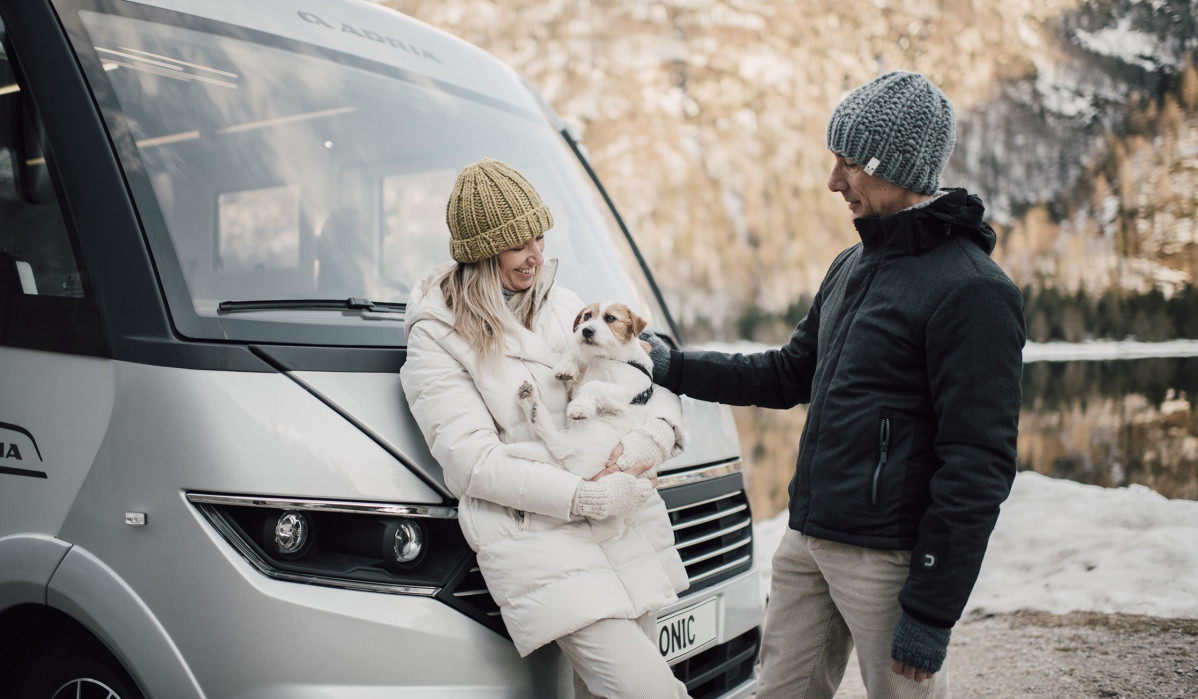
Other preparations at home, travel first aid kit
Once you have familiarised yourself with the regulations of the respective destination and transit countries, check that you have all the important documents, when you need to apply for which documents or when vaccinations are required to meet all deadlines. For vaccinations and a general health check, make an early appointment with the vet, where you will also learn what you should pack in your pet's first aid kit. Of course, you should have a sufficient dose of medication if your dog takes any regularly, as well as a vaccination certificate, anti-nausea and anti-diarrhea medication, ointment for scratches and cracked paws, tick protection and tick nippers, bandaging material and scissors, disposable gloves, a thermometer for temperature, disinfectant, and a saved phone number for the vet.
Also add to the list of documents a copy of the dog's liability insurance certificate, proof of the dog's registration at the campground, or proof of ferrying the dog.
Before the first extended trip in a caravan, motorhome or campervan, it makes sense to get the dog used to travelling and being in a vehicle. At home, put a basket and a favourite blanket in the motorhome, let him explore everything and take an afternoon nap. Spend time with your dog in the caravan, motorhome or caravan trailer and show him that the vehicle is part of his home. You can also start with just a weekend trip at first before going on a longer holiday trip. This way, your dog will get used to traveling.
Securing your dog while driving may be prescribed in the Highway Code and is in your best interest in terms of safety. If you use a crate, it must be securely fastened. The box should be the correct size for the dog and should be fitted with a cosy blanket. You should also choose a place for the crate that you can see while driving and that is also protected from direct sunlight and drafts and where heat cannot build up. Alternatively, you can use a special safety belt or harness for your dog. In combination with a car seat belt, your dog has a safe place to sit or lie down.
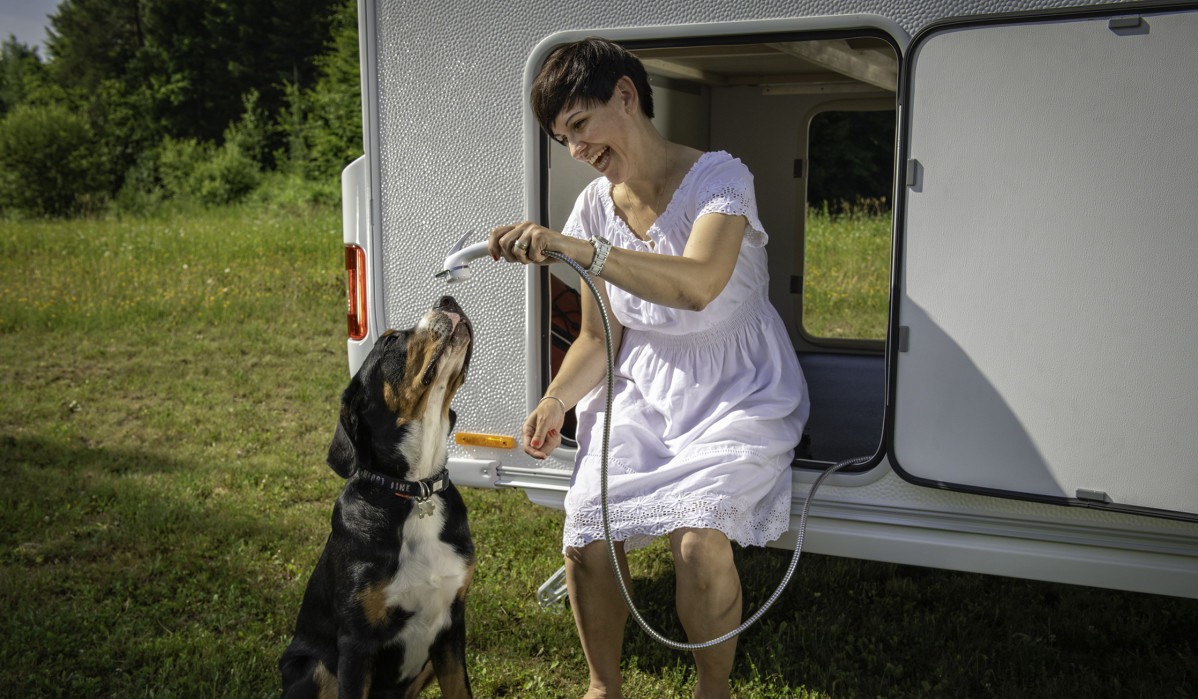
What to pack for the dog?
The vet visit is over, the paperwork and all the formalities are done, the dog has got used to his second home and riding in the caravan or trailer and now the first holiday journey is ahead. What to pack?
Of course, a dog collar or harness, a dog tag with the address of the holiday, the date of travel and your mobile phone number (don't forget to include the country code), a leash... You should also take a muzzle, even if it is required in the destination country or at your campsite. However, you may also need one at the beach or lakeside, in restaurants or other establishments.
Don't forget your favourite dog food.In theory, you can buy it locally if the usual range is available. But many dog owners are of the opinion that you should stick to it. Everything is new and unfamiliar to the dog anyway, so it may be more useful and healthier for him to get the food he is used to. Calculate how much you will need before you go. A non-slip travel drinking bowl is a handy helper when traveling. Your dog should always have plenty of water available during the trip. Food on the road is more of an individual matter: it is generally said that the animal should not eat too much before and during the trip, so that the animal does not suffer from motion sickness. If you are driving in the mountains, dogs also feel pressure in their ears, which is usually unpleasant. Here, for example, chewing bones or treats can help.
The list of luggage includes a dog mat, blanket or basket, towels of all kinds: towels for drying off, small spare towels for paws, floor towels for mopping the caravan, motorhome or camper. It's also a good idea to pack a raincoat for your dog if you don't want him to get wet after a walk in the rain or a swim in the caravan. Excitement and warm weather cause dogs to shed significantly more hair than usual, so brushes and combs for grooming are on the must-have list. Does your dog have a short coat? If so, think sunscreen for sunny days or a dog coat for cooler temperatures.
From time to time you also need to clean the vehicle of dog hair, sand and dirt, which battery-powered travel vacuums are good at. Of course, plenty of dog waste bags shouldn't be missing from your packing list either. The entrance to a caravan, motorhome or motorhome may be too high for some dogs, this is where a dog ramp or steps can come in handy if the vehicles don't have steps.
Now all that's left to do is get going!
